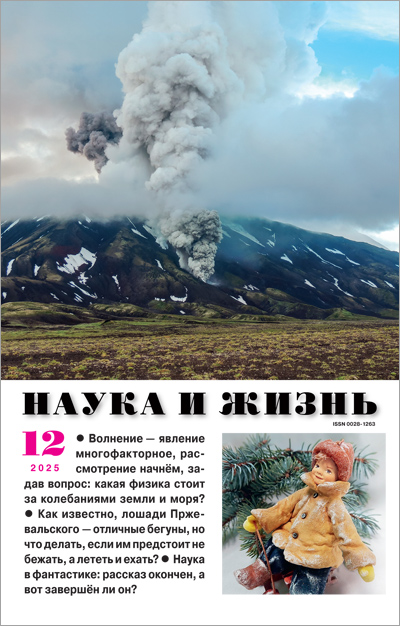Такое качество, несомненно, впервые получено. Было бы кстати провести локацию с помощью Радиоастрона, только его длина волны не подходящая, так как максимум 95 см. А на Юноне длина волны максимум 50 см, насколько я понял. В то время как, если исходить из результатов локации 1963 года приборами АН СССР, оптимальная длина волны локации должна быть 1,2 метра, потому что именно на этой длине волны был получен ответный сигнал от Юпитера с данными по структуре планеты.
Портал функционирует при финансовой поддержке Министерства цифрового развития, связи и массовых коммуникаций.



